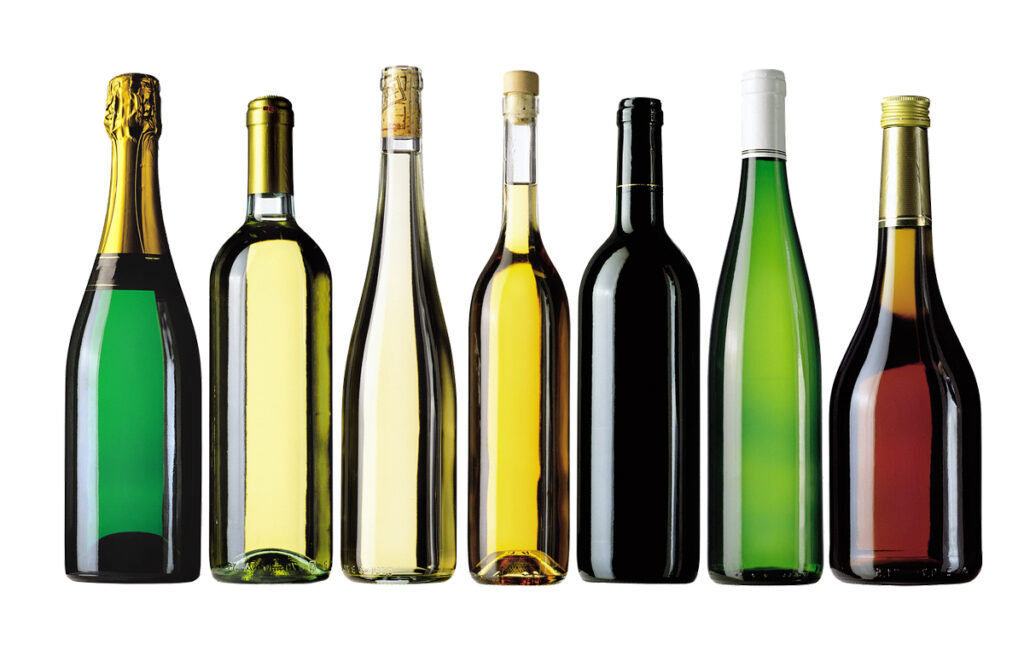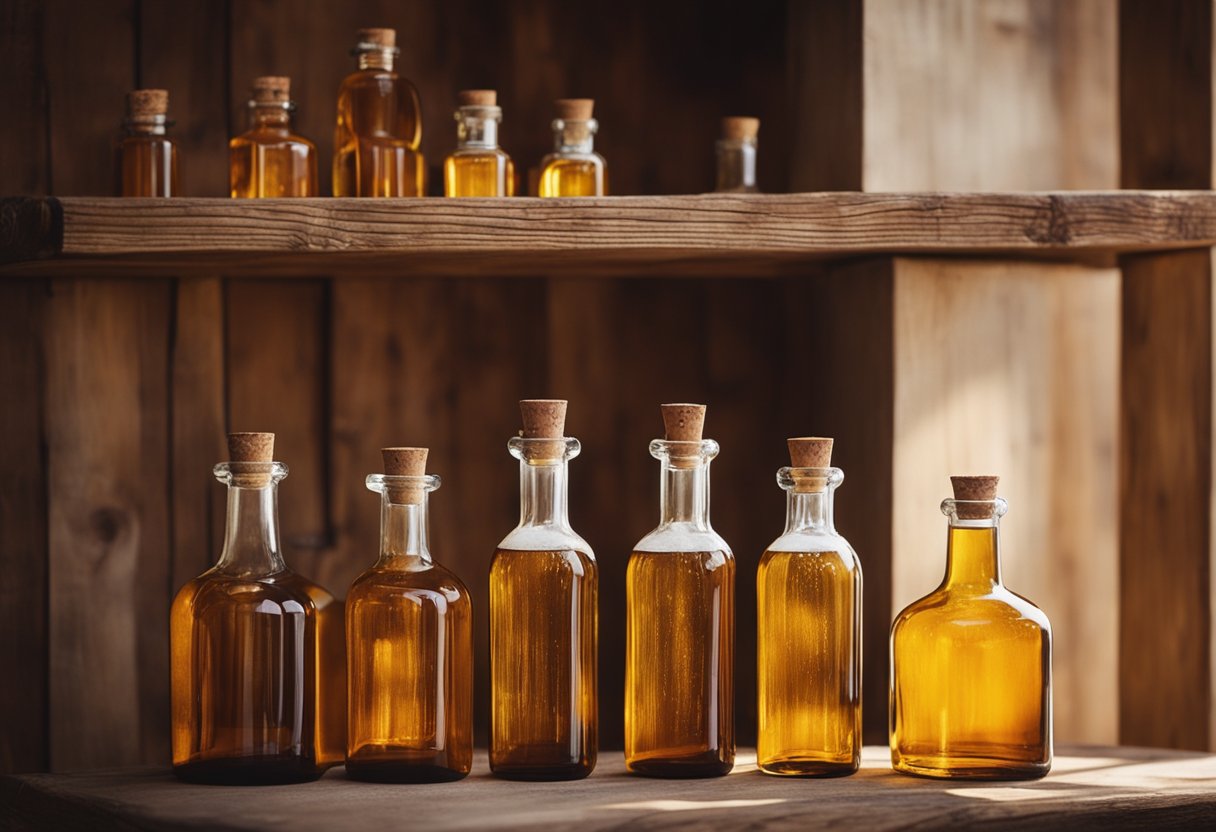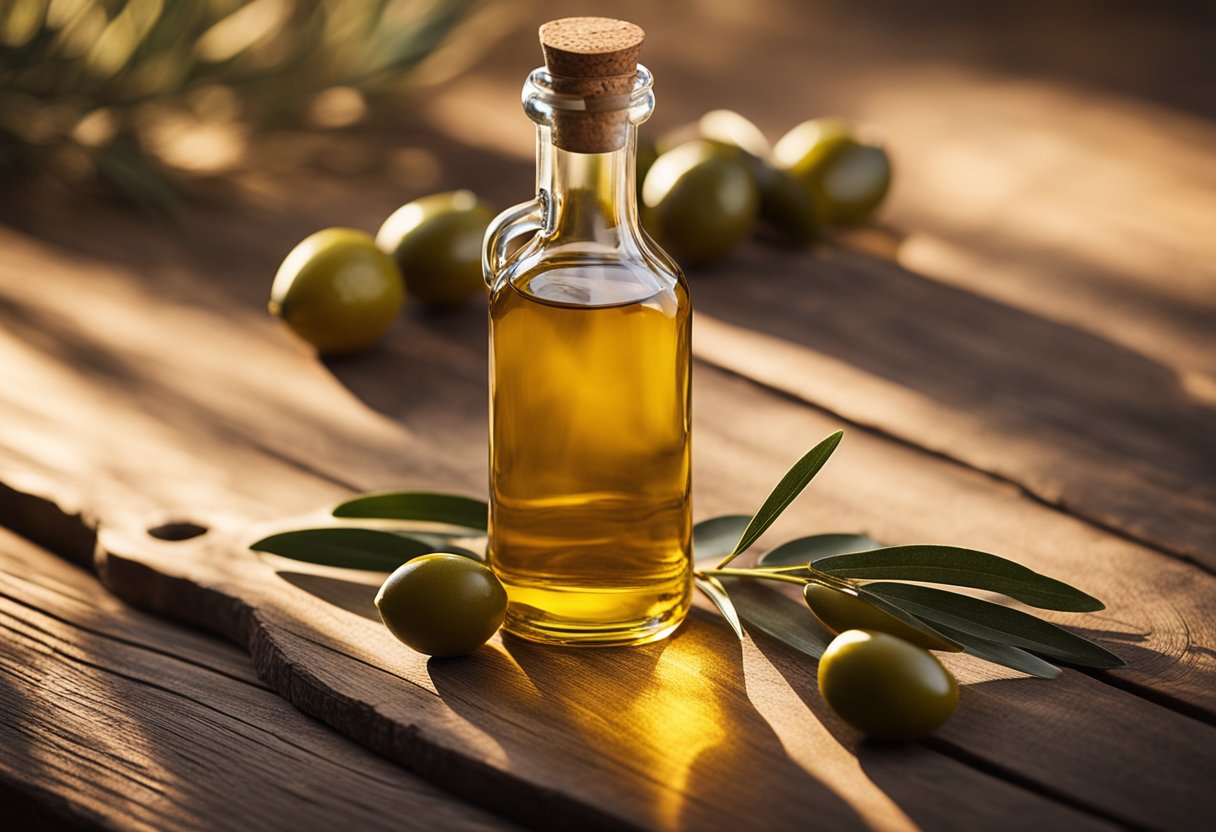
The topic of what type of wine goes best with which food has been around for centuries. In fact, it’s mentioned in ancient texts and was even one of the first things people asked when they met someone new. Even today, many people believe that the right wine with the right food can create a perfect pairing and enhance the flavors of both. But what are the different bottle sizes of wine? Wine bottle sizes have no direct impact on the taste or price of a particular wine. However, they do affect how much you pay for a bottle. Red wines are generally more expensive than white wines simply because they’re rarer and demand is higher than for common beverages. However, some producers make red wines in newer bottles to fool consumers into thinking they’re getting a deal on older vintages. Here’s a guide to help you understand what size bottle you need to purchase your favorite varieties:
What’s the size of a standard bottle of wine?
When it comes to wine, there are two main bottle sizes you’ll find on store shelves: 750 ml and 375 ml. Both sizes are popular, but they’re also very different in terms of price and usability. First, we’ll take a look at how much each bottle size of wine costs. Next, we’ll discuss how easy it is to use each bottle size. Finally, we’ll discuss which bottle size is best for your needs.
How do you know if a wine is sold in a magnum or demi bottle?
Many wines are sold in both standard 750 ml bottles and magnum bottles. When this is the case, the bottles are identical in size and shape. What’s different is how much the wine is sold for. Magnum bottles are considerably more expensive than 750 ml bottles. Because of this, they’re often used to sell extremely expensive wines such as limited-production vintages or rare bottles from prestigious brands. Demi bottles are even less expensive than standard 750 ml bottles. However, they’re also significantly smaller and less practical for everyday use. Demi bottles are best suited for very young, low-alcohol wines that don’t taste good in the higher-alcohol 750 ml bottle.
How much does it cost to buy by the bottle?
You don’t have to purchase 750 ml bottles of wine to consume a full bottle. For example, you can buy a 375 ml bottle of wine and add water to it to get the desired 750 ml. Depending on where you live, you could also buy wine in magnum bottles and smaller bottles to cut down on the cost of a full bottle. In fact, if you’re new to the world of wine, you might find it more cost-effective to buy smaller bottles than go for a full one. After all, you’re paying less per bottle than you would for a full 750 ml bottle.
Which type of wine goes best in which size?
As we discussed above, the main bottle sizes for wine are 750 ml and 375 ml. However, there are some other bottle sizes you might come across when browsing the store shelves. – Extra-large bottle: This bottle is quite large and is best suited for very hearty wines such as port and sherry. – Mid-size bottle: This bottle is the most common bottle size and is best suited for most red wines. – Newer bottle: Some producers are now selling red wine in new-style 750 ml bottles. These bottles are similar to standard 750 ml bottles except that they have a different, more orange-red color. – Specialty bottle: There are also a few speciality bottle sizes for wines such as Shiraz and Merlot. However, these are more commonly found in liquor and other businesses.
Which bottle is best for gifts?
Wine is a gift people give to each other for almost every occasion. Therefore, the best bottle to choose would be the one that fits the occasion best. For example, if you’re invited to a dinner party, you should buy a bottle of wine for the hosts. If your friends are going to a concert, you should buy a small bottle of wine for the occasion. However, if you want to buy a bottle of wine as a gift for someone who doesn’t drink wine, you should buy the cheapest bottle of wine you think they’ll appreciate. Generally, the best bottle to choose for a gift is a special-occasion bottle.
Conclusion
When you want to enjoy wine, you want to pick the right one. Knowing the different bottle sizes of wine and the best wines to go with them can help you make the right choice. And, the best part is that the bottle sizes are not related to the taste or quality of the wine.













